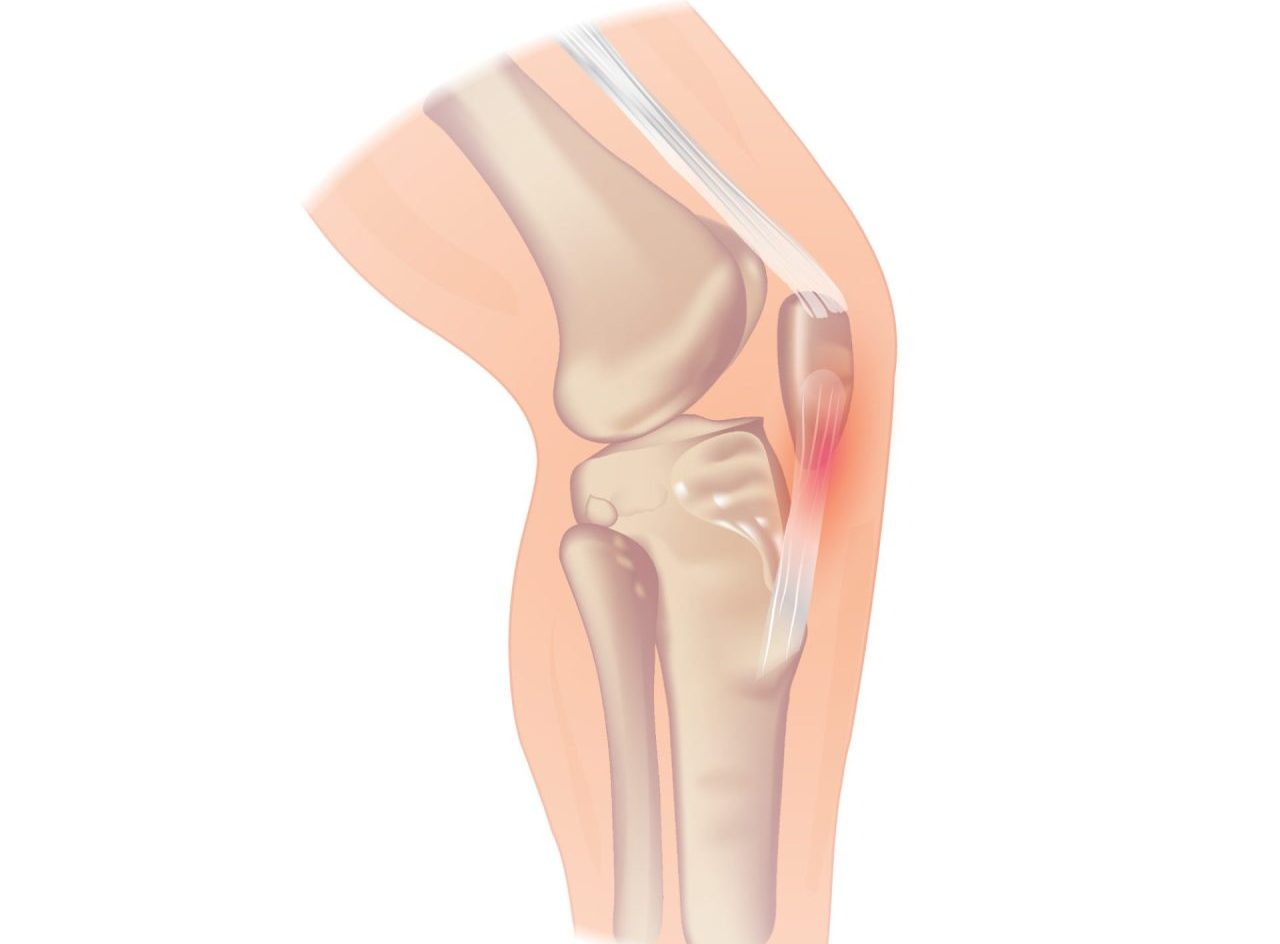Infrapatellar Fat pad impingement, also known as Hoffa’s syndrome, is a condition that occurs when the fat pad beneath the kneecap becomes pinched or compressed. The fat pad serves as a cushion between the patella (kneecap) and the underlying bones and tendons. When this fat pad becomes inflamed or irritated, it can cause pain and discomfort in the front of the knee.
Fat pad impingement can be caused by a variety of factors, including overuse, trauma, and poor biomechanics. Activities that involve repetitive bending and straightening of the knee, such as running and jumping, can put stress on the fat pad and contribute to the development of this condition. Tightness in the quadriceps and hamstring muscles can also affect the mechanics of the knee joint and increase the risk of fat pad impingement.
Treatment for fat pad impingement typically involves a combination of rest, physiotherapy, and medications to reduce pain and inflammation. In some cases, more invasive treatments such as corticosteroid injections or surgery may be necessary.
Applying the 5 stages of rehab to fat pad impingement to achieve the best possible outcome are as follows:.
Pain and symptom management: The initial focus of treatment is on reducing pain and inflammation. Rest, ice, compression, and elevation (RICE) can be effective in reducing pain and swelling. Medications such as nonsteroidal anti-inflammatory drugs (NSAIDs) may also be prescribed to manage pain and reduce inflammation.
Range of motion: Once pain and inflammation are under control, we begin Stage 2 of rehab. The focus shifts to restoring normal range of motion in the knee joint. Gentle stretching exercises, as well as joint mobilization techniques, can help to improve flexibility and reduce stiffness in the knee joint.
Motor control: In stage 3, the focus is on improving neuromuscular control around the knee joint. Exercises that target the muscles around the hip, knee, and ankle joints can help to improve muscle strength, balance, and coordination. Hip exercises can help to improve the biomechanics of the knee joint and reduce the risk of fat pad impingement.
Strengthening: In stage 4, the goal is to build strength in the muscles around the knee joint to improve stability and reduce the risk of reinjury. Resistance training, including exercises such as squats, lunges, and leg presses, can help to build muscle strength and endurance.
Maintenance: In the final stage of rehab, the focus is on maintaining the gains achieved in the previous stages and preventing reinjury. This may involve continuing with regular exercise, including strengthening and proprioceptive training, as well as making any necessary modifications to daily activities or sports participation to reduce the risk of further injury.
If you suspect that you have fat pad impingement, it is important to seek the advice of a physiotherapist who can assess your condition and develop an appropriate treatment plan. With proper treatment and rehabilitation, most people with fat pad impingement can expect to make a full recovery and return to their usual activities without pain or discomfort.
For more information regarding Infrapatellar Fat pad impingement please see:


